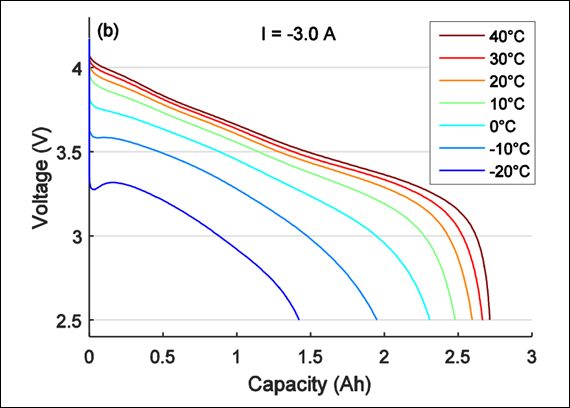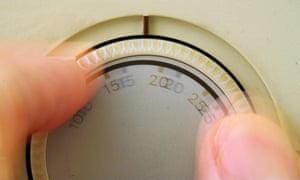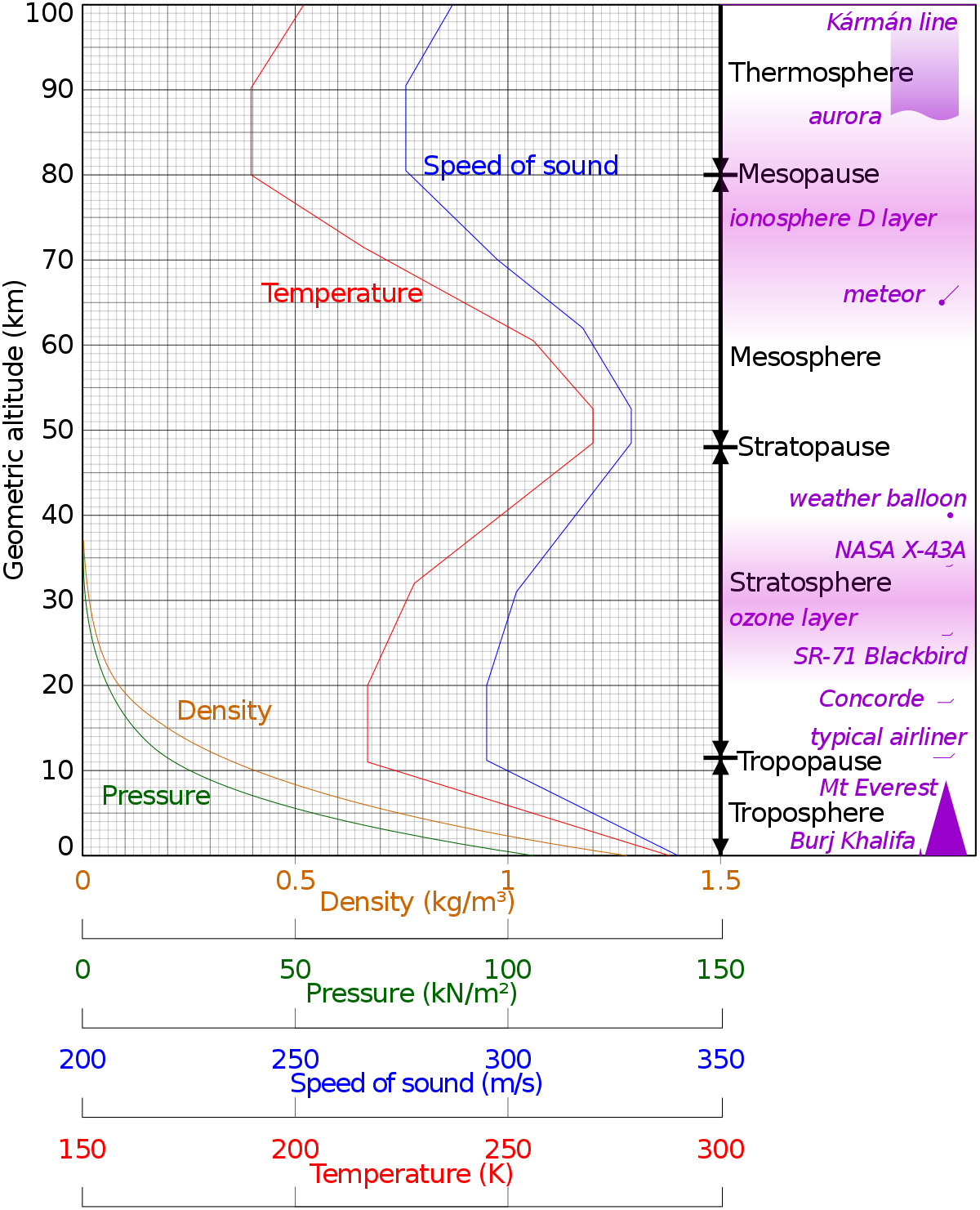Standard Room Temperature Science

Scientists use kelvins k for temperature.
Standard room temperature science. National science foundation nsf ansi 49 class ii laminar flow. The possibility of a room temperature superconductor was first injected into the psyche of science in 1964 by william a. Little who imagined coulomb bound electron hole pairs in conducting organic polymers known as excitons could also mediate electron pairing. Room temperature also sometimes known as ambient temperature is the degree of heat to which human beings are generally accustomed.
Room temperature is the temperature that is comfortable and normal to be in. In science 300 k 27 c or 80 f can also be used as room temperature for easy calculations when using absolute temperature. The european pharmacopoeia defines it as being simply 15 to 25 c 59 to 77 f and the japanese pharmacopeia defines ordinary temperature as 15 to 25 c 59 to 77 f with room temperature being 1 to 30 c 34 to 86 f. The standard room temperature is between 68 and 72 degrees fahrenheit or 20 and 22 degrees celsius in most climates.
For scientific work room temperature is taken to be in the range 20 to 25 c 68 77 f. The standard room temperature in celsius is 21 c and in fahrenheit is 70 f or 294k. Because laboratory conditions rarely involve stp a common standard is standard ambient temperature and pressure or satp which is a temperature of 298 15 k 25 c 77 f and an absolute pressure of exactly 1 atm 101 325 pa 1 01325 bar. Nist uses a temperature of 20 c 293 15 k 68 f and an absolute pressure of 1 atm 14 696 psi 101 325 kpa.
For climate control a typical room temperature range is from 15 c 59 f to 25 c 77 f. Other common values are 298 k 25 c or 77 f and 293 k 20 c or 68 f. 59 00 f and 101 325 kpa. This standard is also called normal temperature and pressure abbreviated as ntp.
Standards and reference materials and radioactive wastes and. Temperature and humidity within the laboratory are.













































